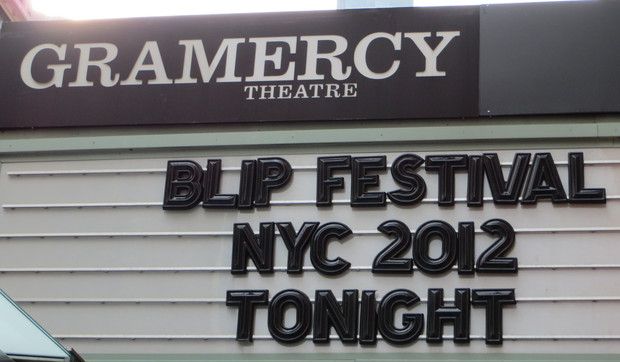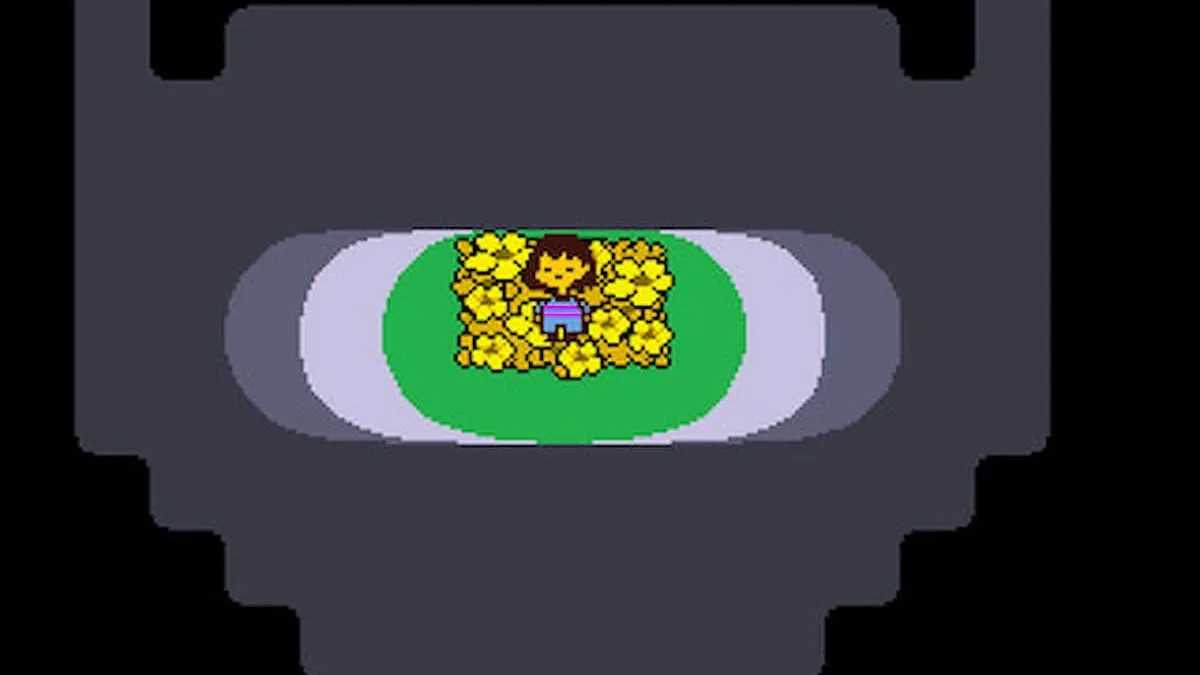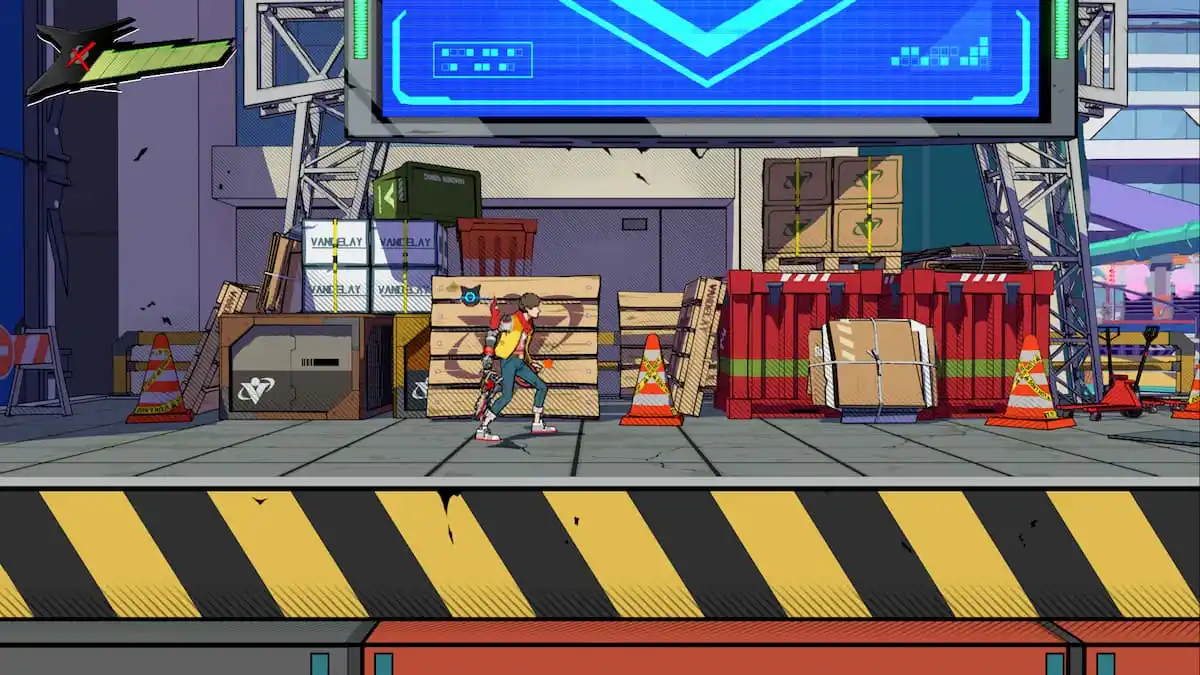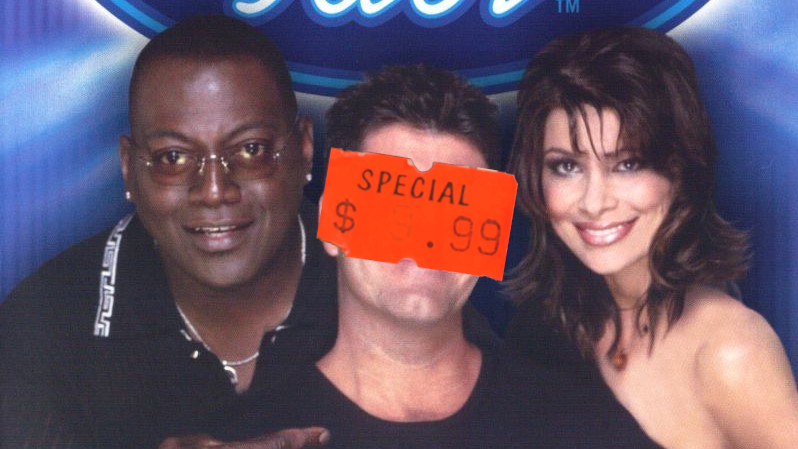When people reflect upon the past, they often wonder how their younger self would have reacted to all of the changes that have taken place, and the new technologies that have developed over the years. If I told my younger self about the fact that there are people in the future who would use their game consoles, both old and new, as a means to create new music called “chiptunes,” and that I would be in a concert hall bobbing and dancing to this new music, my younger self would laugh, walk away and probably shout “Snorlax Smash” as he continued playing Pokemon Red.
For the past couple of years, I have been attending a chiptunes concert known as Blipfest. It’s been going strong since its start in 2006 in New York City, with more Blipfest shows being setup in Japan and Europe. The show is known for collecting a strong and diverse group of musicians and visual artists from all across the globe to take part in this fantastic festival.
This year’s show took place at the famed Gramercy Theatre, which is a huge step-up in terms of venue notoriety from previous shows. With this change in venue, and a continually growing chiptunes scene, I decided to talk with two prominent figures in the field, performer Chipocrite, and visual artist Chromacle, about their vision, artwork, and the future of chiptunes.

The Visual Artist, Chromacle:
Destructoid: How long have you been a part of the chiptune scene?
Chromacle: I have been listening to chipmusic since the start of 2008, and I attended my first show towards the end of that year. I really started to get involved towards the end of 2009 by helping out 8static (Philadelphia’s monthly chipmusic show.) I attended my first Blipfest that same year.
What would be the best way to describe your visual style?
While some have said that my visual art is minimalistic, I believe that my visual artwork incorporates a digital aesthetic and feel to it. I use wire-frame and low-polygon 3D models, as well as digital glitch work. I often work in black and white, but I will also occasionally use color when my computer decides to use it on its own. “Dark” and” digital” are the two words that I would use to best describe my work.
What software and equipment do you use to create your art?
My primary composition element is Quartz Composer, which is a node based programming environment for Mac. Instead of using code, the interface uses a patch to patch system to create a visual output. I also use Blender to create 3D animations, and do 3D rendering.
For shows I use VDMX, which is a digital video mixer which can use Quartz Composer files and video files, I then use a MIDI controller to control the different parameters of the Quartz files, as well as things like layer opacity in VDMX itself.
What are some of the influences of your art work?
I would say that Jean Y. Kim is a big influence of mine. I saw her visuals at BlipFest 2009, and was very impressed by her raw style. I would like to say that my visual art has a similar feel to Nullsleep or Zen Albatross’s dark, but accessible music.
What is the collaborate process like between you and chiptunes artist, if any?
I tend to not make any direct contact with the artist about any material that I make. However, I do listen to the music of the artist that I am working with to figure out what is appropriate for that artist. With Zen Albatross, I did not want to use rapid changes and wanted to keep things dark to reflect his musical style. Whereas with Pulselooper, I wanted to add some color and brighter imagery to reflect his slightly more upbeat style.
With progression that has been going on the chiptunes scene recently, where do you see the chiptunes scene now, and in the immediate future?
Hard to say, there is a very strong and tight-knit community in the chipmusic scene, but the fanbase is growing faster and faster. The fans of chipmusic and chip-shows have been growing faster than the creative community has. The creative group will definitely continue to grow, but at nowhere near the rate that the fanbase is growing.
Groups like Infinity Shred are definitely poised to make a big impact in the general music scene.
Where do you see yourself in a few years?
As a visual artist, I would like to say I’ll get big and do gallery shows and museum installations, but that all depends on a lot of things. Chika, another visual artist performing at this year’s BlipFest, has had installations at the New York Museum of Modern Art, and a bunch of other places. So the possibility is there, hopefully I’ll be able to do things like that too.
I see digital art as being on a similar path to that which traditional physical art has followed over the years. For a long period of time, only professionals were painting, and realistic imagery was the only style that was accepted. Anything else painted during that time was a mistake. Jumping way ahead, with the modernist movement, stylistic choices were really freed up. Art was no longer just about the artist’s works but now it was about the artists themselves. Art was no longer perceived to not be art due to perceived quality and individual judgement.
Current trends in digital art are great examples of post-modernism. People are capable of doing whatever they want. There is still room for it in the mainstream world through special effects work and music videos, but you also see things like animated gifs in art galleries and museums like the Museum of the Moving Image. I feel like while there is still some time for it, it won’t be long before digital art is a regular feature in even the more classic style museums.

The Chiptune Artist, Chipocrite:
How long have you been in the scene?
Chipocrite: I first heard about chip music around 2005. I got into the creative process of making chiptunes on my own in 2009 when I learned a little bit about how to use Little Sound DJ, the tracking software that runs on the Game Boy, after attending a workshop hosted by 8static, a Philly-based chip music concert group that I’m now a part of.
Unlike most chiptunes artists, you use another instrument, a bass guitar, in your set. How did that come about? Were you previously a bass player?
Yes, I was in several bands before I got into the chip music scene. I started playing guitar at the age of 12. I was in a jazz-style jam band for around ten years, and I played in that band up until about two and a half years ago. My experience playing with other musicians certainly helped me with writing, creating and performing music on my own. The timing just kind of worked out that as that band began to dissolve, I was becoming more interested in solo electronic music and the chiptunes scene.
I always wanted to add other instruments to my solo music. I am using bass guitar right now, but I would love to add regular guitar eventually as well. I think a big part of it is that it allows my music to be more relatable to the crowd, especially people who don’t know much about how music is made with Game Boys. I’ve also played a few shows recently where I’ve been accompanying my Game Boy songs with some other synths/sequencers. The use of additional instruments seems to be a growing trend in the Philadelphia chip scene, with artists such as Animal Style using guitars, and Cheap Dinosaurs using keyboards.
How would you best describe your musical style?
I feel I cover a lot of ground. I don’t usually sit down with the intention to write a drum and bass song, or a funky song. I just have something in my head and will execute it, and turn it into a full composition. I listen to many different types of music, and I think a lot of those influences shine through in my own songs.
I try to write instrumental music that is catchy and can hold a listener’s attention. All of the music I wrote for my previous band was instrumental, and I’d say probably about 80% of the music that I listen to is instrumental, so I always try to actively consider that you really need to find unique ways to keep your songs interesting when there aren’t any lyrics. You need to make sure all the different sections have exciting transitions, and you need to make sure that your song goes somewhere.
How do you communicate with a visual artist about the presentation during your set, if at all?
It depends on the visualist. Some visualists have contacted me weeks in advance of a show to ask about what they should do for my set. I like that, but I also like working with a visualist that I can trust and can basically just put everything in his or her hands to sort of improvise along with my music. The visual element is a really important part of the show. I have done shows without a visualist, and it just is not the same.
What is your role as an organizer for the Blipfest show?
I was brought on to manage communication with the performers, basically. After artists accepted their invitations to play Blip Festival, I would take over as their main point of contact, gather their information so that I could create their artist page on the Blip website and help them with their tech and travel needs. At the show itself, I would make sure the artists had access to everything they needed and assist them with any questions or problems that may have come up.
With Blipfest being held at a well-known venue this year and Anamanguchi playing Bamboozzle, what do you think about the growth of the chiptunes scene?
While I haven’t been involved with chip music as long as many others have, I think that this a natural growth, and I’m excited about it. If I were someone in the scene who has been around for many, many years, and has been working so hard to get the word out about these incredible shows, I would be thrilled to see this expansion, and I would feel kind of rewarded that outside companies like LiveNation have reached out to be a part of the show. It does change things and create a whole new set of challenges, but I think that the heightened visibility makes sense. I feel like chip music is slowly becoming a part of the cultural collective, with the occasional Squarewave music sample in popular TV commercials, for example. I believe that once more people begin to find out about this style of music, they will come to enjoy it.
Do you think that this growth stems from the rise of the electronic music in the mainstream music scene?
Yeah, I think so. I feel like a lot of the electronic music that people are enjoying today and that’s getting a huge amount of exposure would have still been kind of underground even only about five years ago. Someone like Skrillex is a good example — while I’m not really a huge Skrillex fan, I respect the level of visibility he’s gotten for himself and I really feel like a solo electronic musician like him would not have risen to that level just a few years ago. I really get the impression that most electronic-music fans are looking for something different than your usual rock and roll band, and that’s great for us because chiptune musicians bring something even more unique to the table.
Finally, where do you see yourself and the chiptunes scene a few years from now?
I really hope it continues to grow. At this year’s show I’m seeing hundreds of people that I have never seen at a New York City chip concerts, and they really seem to be enjoying themselves. For myself, I would really love to do more soundtrack work for videogames and commercials, things like that beyond just playing live and recording. However, I do love performing and creating new music, and as long as people are appreciating what I’m doing, I’ll keep doing it.
Getting back to my younger self, as soon as I would see him doing this, I would have grabbed my younger self after he responded and have him put on a set of headphones and play him “Hexadecimal Genome.” I would imagine that I would catch him bobbing his head back and forth with the music and possibly smiling in the same manner that I was doing throughout the show. Times may change but good music and fantastic artwork is timeless.
———————————————
For info on this concert and more Philly chiptunes shows, check out 8Static.
For more info on the NYC chiptune scene, check out the Pulsewave show calendar.
For all the latest info and music from the worldwide chip music community, check out http://www.8bitpeoples.com/
[Editor’s note: Big thanks to Jenn, Jake, and Paul for all of their help during Blipfest weekend, and to Ben Mason and Sara Bobo for the artist’s photos.]




